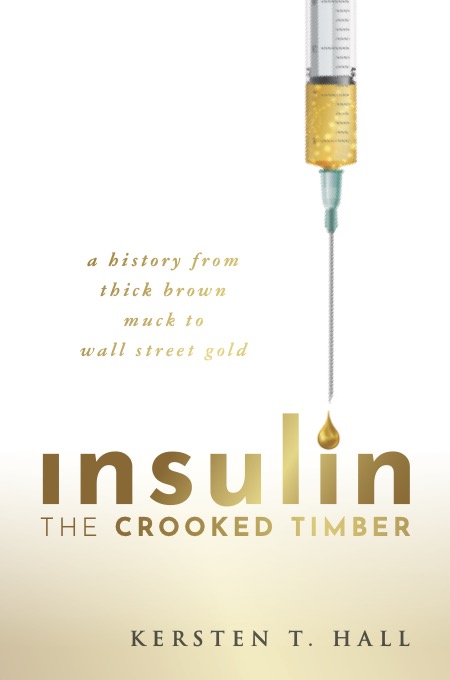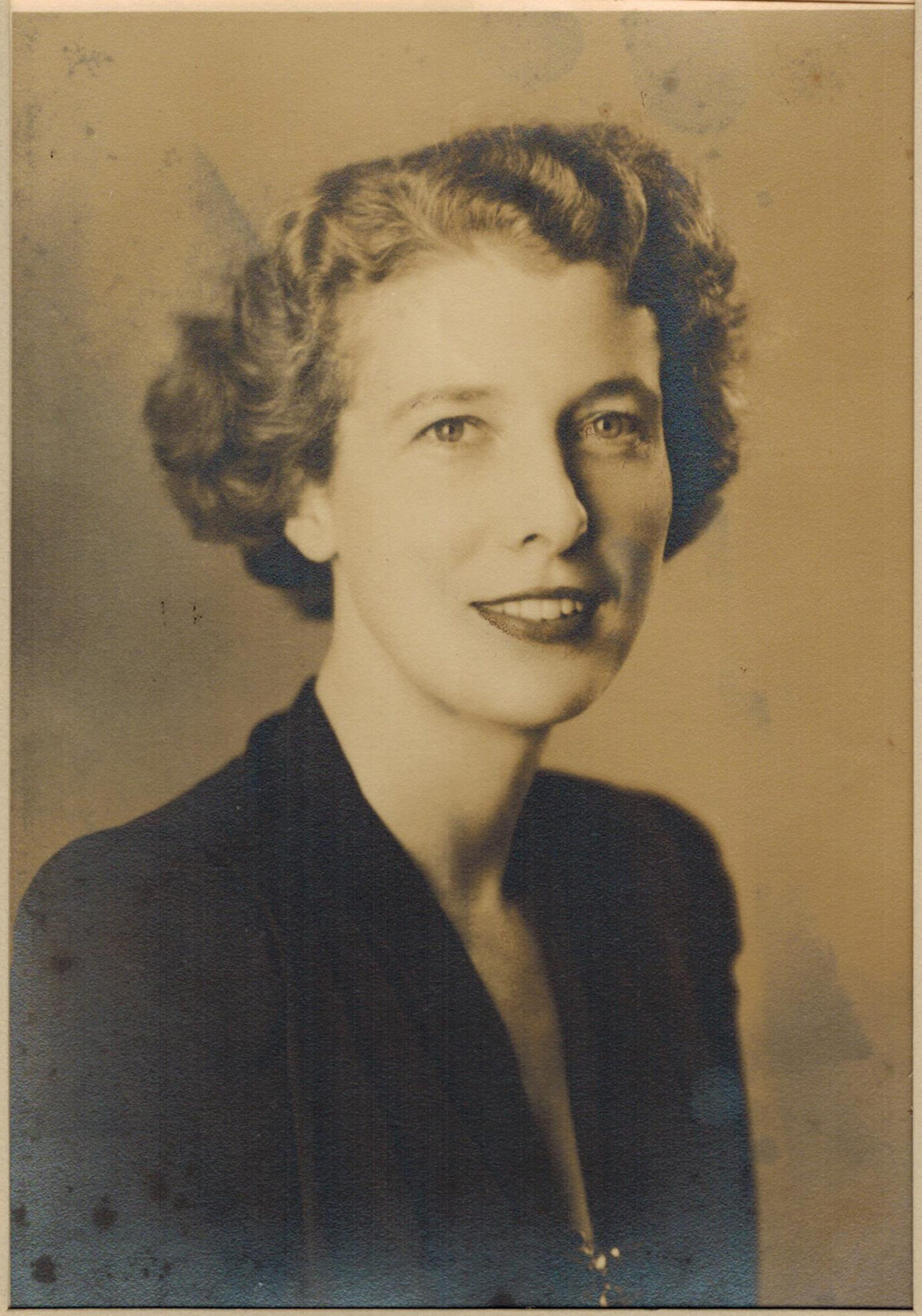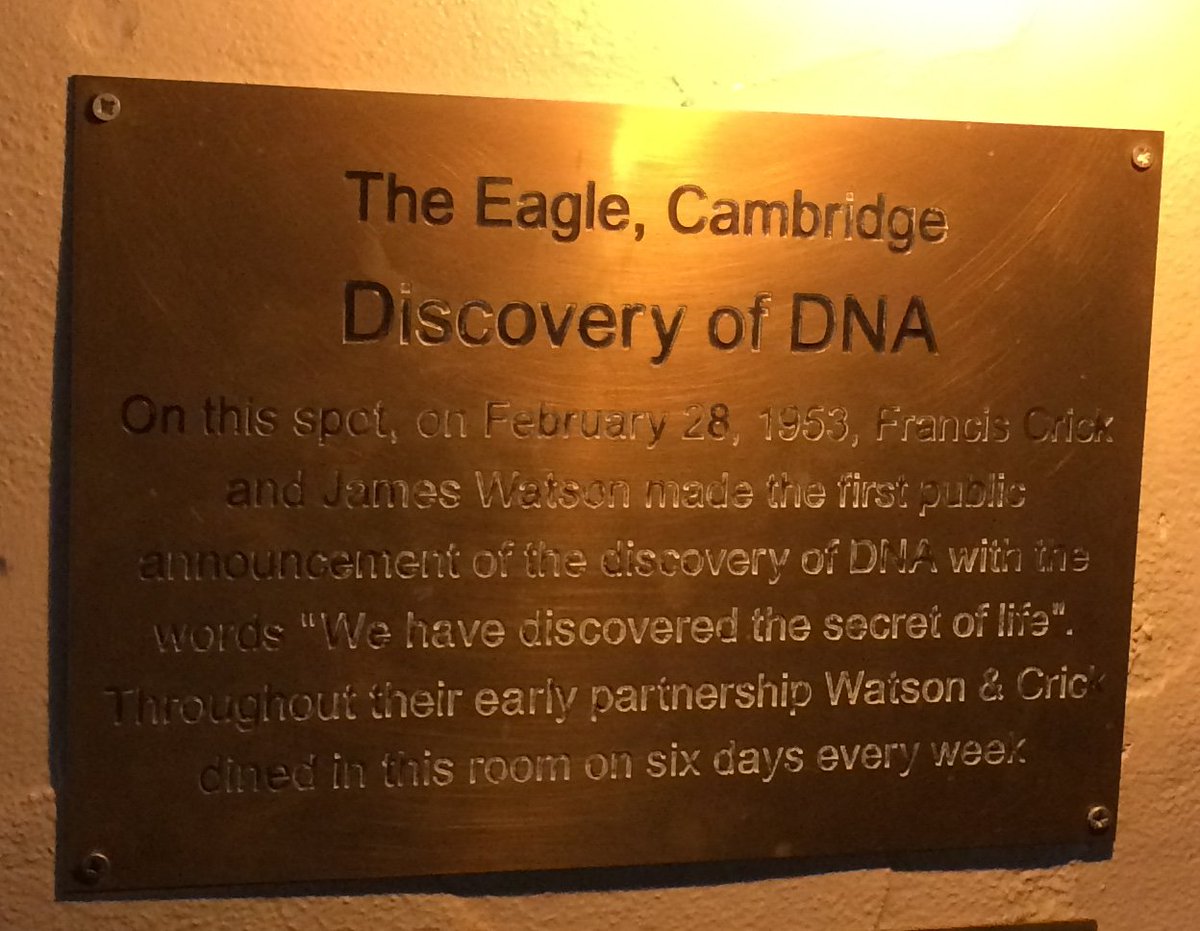I was very excited to have just received the cover design from Oxford University Press, the publishers of my new book ‘Insulin, The Crooked Timber – a History from Thick Brown Muck to Wall Street Gold’ which will be released this December to mark the 100th anniversary of the discovery of insulin – a milestone in medicine that has saved countless lives – including my own. It’s a story that in parts I have likened to ‘Game of Thrones’ but enacted with lab coats and pipettes instead of chain mail and poisoned daggers, albeit one for which myself and many others are very grateful.
Author: medkth
Headingley Legends – Botham, Cook and…Florence who???
Thanks to sporting giants such as Sir Ian Botham and Sir Alastair Cook, the Leeds suburb of Headingley is more usually associated with cricketing legends, (especially as the England team are currently turning the tide against India there) – but it’s also been the home of scientific legends who blazed the trail in the story of DNA. One such unsung heroine is Florence Bell who, in 1938 made the very first X-ray studies of the structure of DNA – and all thanks to research by her supervisor William Astbury into the humble wool fibre! There’s more about Bell and how wool played a vital role in unravelling the molecular mysteries of DNA in my new article ‘On the Shoulders of Giants’ for the online science journal ‘Inference’ at https://inference-review.com/letter/on-the-shoulders-of-giants
I’m also delighted and honoured to have been invited by Girton College, Cambridge to give their annual alumni lecture this year on ‘Florence Bell – the ‘housewife’ with X-ray vision’ – a title taken from a recent paper that I wrote about her for the Royal Society
#girtonalumniweekend2021 #girtoncollegeannuallibrarytalk #girtonalumni #girtoncollege #cambridgealumnifestival
‘The Biochemist Who Came in From the Cold’
In December 1948, Holocaust survivor and medical student Laszlo Lorand fled the Communist authorities in his homeland of Hungary, leaving behind his widowed mother and fiancee. Find out how, having arrived in Leeds the following January with only a suitcase at his side, he went on to make a ground breaking medical discovery – in my new article ‘The Biochemist Who Came in From the Cold’, just published in the University of Leeds Alumni magazine…
A Quiet Landmark in Biology– How Pus, Oozing From Discarded Bandages Led Us to DNA…
Had 19th century Swiss physiologist Friedrich Miescher been able to walk into ‘The Eagle’ pub in the centre of Cambridge today, he would have been utterly horrified. For not only does the pub serve a pint of specially brewed beer called ‘DNA’ (or at least it did when I went in there to unwind after a hard day in the archives a couple of years ago) but in one corner, is a plaque commemorating ‘the first public announcement of the discovery of DNA’ by James Watson and Francis Crick in 1953.
The tourists who cluster around this plaque eagerly snapping photos on their phones would probably be disappointed however to learn that the plaque commemorates something that never actually happened. And although the beer may taste pleasant, its name is something of a misnomer.
This is because although Watson and Crick discovered its now famous double-helical structure, the honour for the discovery of DNA itself goes to Friedrich Miescher.
Almost a century before Watson and Crick, Miescher made his discovery whilst analysing the composition of white blood cells washed from pus scraped off discarded surgical bandages that he collected from a local hospital.
Along with Watson & Crick’s Nature paper of April 1953, Gregor Mendel’s work on pea hybrids and Charles Darwin’s ‘On the Origin of Species’, Miescher’s work, finally published in 1871, is a landmark in biology – albeit a quiet one. But until now it has never been translated from the German in which it was originally written into English. Now, thanks to Cambridge University Press, Dr. Neeraja Sankaran and I are delighted to present what we believe to be the first complete translation of this milestone in the British Journal for the History of Science at https://www.cambridge.org/core/journals/british-journal-for-the-history-of-science/article/dna-translated-friedrich-mieschers-discovery-of-nuclein-in-its-original-context/60A9706BE7610FFD42F805AE636670FA


